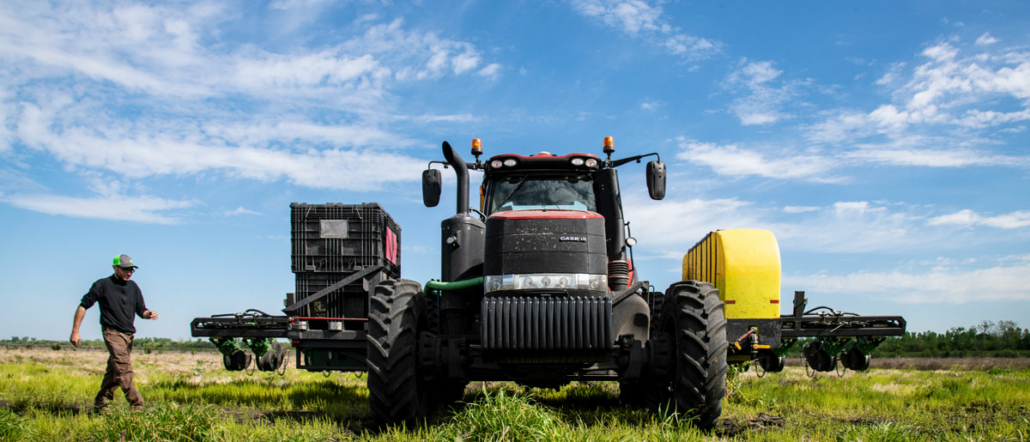Efficient and Safe Farming Technologies
As farming technology advances, farmers are finding new ways to reduce costs, improve efficiency and increase crop yields. The newest trend of technological advancements for farming is precision agriculture, a strategy where farmers use advanced technologies to control the growth of crops and raising of livestock more accurately and efficiently.
As precision agriculture has grown in recent years, the technologies have become even more technical and precise by using data analytics and machine learning. With a whole suite of benefits, like reduced costs, standardized data and metrics and minimizing resource waste, it’s no surprise that technologies and strategies for precision agriculture are becoming more commonplace.
The initial wave of precision agriculture in the 1980s was made possible by GPS (global positioning system) devices, which were first placed on tractors. GPS-connected devices could control a tractor and automatically steer the tractor based on the field’s GPS coordinates. This helped reduce any overlap while driving, making farming practices more efficient.
Beyond autonomous tractors, there have been many innovations in farming technologies that are part of precision agriculture. One technology is the crop-monitoring drone, which can take aerial views of fields and help give the farmer a bird’s-eye view of their land. Connecting the drone to special software and GPS can also allow the drone to automatically take photos, making it even easier to use. When combined with GIS (geographic information system), the drone can help analyze the geospatial field data in real-time for the farmer.
Using robotics for precision agriculture can be applied to many kinds of machines. For example, robotic milking machines can be used to automate the cow milking process. These machines help farmers reduce their labor demands while also increasing efficiency, freeing up time for farmers to work on other parts of their farm. Since the machines are optimized to work efficiently, they can also help to remove more milk per cow and provide more rest for the cows.
If farmers want to optimize their crop production, then variable rate technology (VRT) can help. VRT allows the farmer to use a variable rate schedule for application of fertilizer or for irrigation. Although there are several different options for using VRT, the basics consist of a computer, software, GPS and a controller. Farmers can choose to use VRT in either a map-based or sensor-based way, depending on need of the farm. Using VRT helps farmers accurately measure water and fertilizer, save time and maximize irrigation and fertilization efficiency.
To properly use these new technologies, there are some important safety tips to consider. When learning to use any new technology, be sure to fully read the manual and understand the instructions before beginning any work. This can help farmers avoid preventable accidents. Different types of farm equipment will also require different safety precautions. For example, when working with grain bins, farmers should be especially careful to follow training procedures when it is necessary to work inside the grain bin.
Being aware of the best safety practices when working with a specific technology is the best way to avoid accidents. Additionally, since these technologies are digital, the threat of cybersecurity comes into play. Appropriate use of any USB thumb drives and being aware of spear-phishing cyberattacks will help prevent malicious entities from gaining access to the farmer’s confidential data.
Although the benefits are clear, there are a few barriers to using these new agricultural technologies. Having a well-established broadband connection is crucial for some of these technologies, and a lack of high-speed internet access can limit the use of precision agriculture technologies. Furthermore, using precision agriculture comes with a relatively large upfront financial investment, which may not provide a return on investment quickly enough to the farm.
Before incorporating precision agriculture technology into any farm, planning and preparation will be crucial to make the best use of the technology.
Maria Kanevsky writes on consumer and cooperative affairs for the National Rural Electric Cooperative Association, the national trade association representing more than 900 local electric cooperatives. From growing suburbs to remote farming communities, electric co-ops serve as engines of economic development for 42 million Americans across 56% of the nation’s landscape.






Leave a Reply
Want to join the discussion?Feel free to contribute!